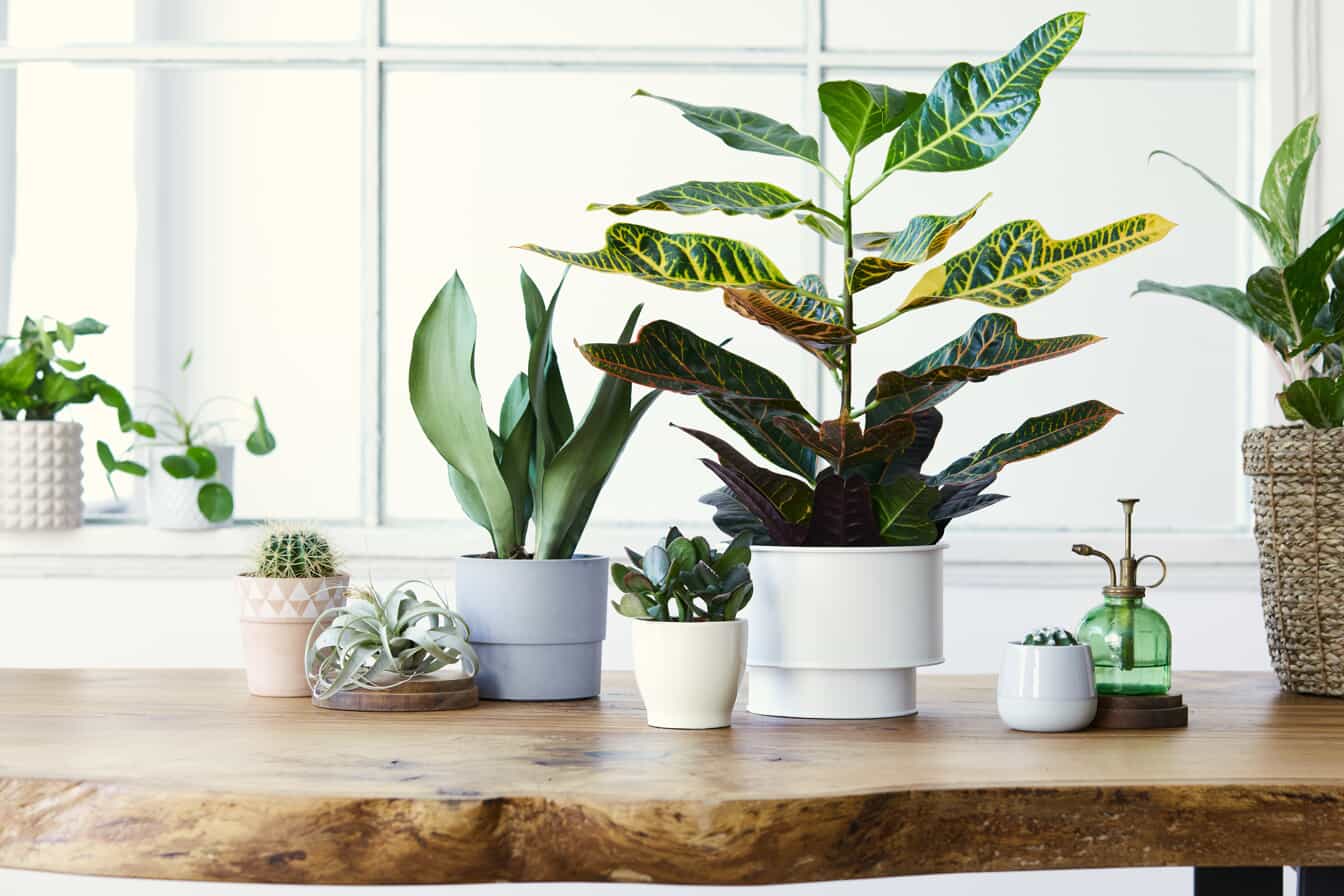The Best Way To Clean Dishes
Have you ever eaten cereal out of a measuring cup because all your bowls were dirty? You’re likely not alone. For many people, doing the dishes is a chore that’s just as much fun as going to the dentist, especially if you don’t have a dishwasher. In addition, coming home to a sink piled high with dirty dishes can put a damper on even the best of days.
Here’s the thing with dishes, though: While washing them may never be fun, keeping the sink clean can be a simple task. You just need to know the best way to clean dishes.
Streamline the Process to Make Washing Dishes Manageable
If you’re faced with an enormous stack of dirty flatware and cooking utensils, it’s going to take longer to get all of your dishes clean. It’s also tempting to put the task off, which means the dishes keep piling up. Saving all your washing for later is stressful and not the best way to clean dishes.Instead, wash the dishes as you go. For example, rinse coffee mugs and yogurt bowls after you’re finished with them. Or, if you’re meal prepping, slice your meats and chop your vegetables. Once all your ingredients are cooking in their respective pots and pans, take a few minutes to clean your prep bowls, cutting boards, knives and so forth. Pretty much whenever you reach a step in cooking a meal where you can take a short break, clean up whichever dishes are no longer in use. This way, after you’re done eating, you’ll have fewer dishes to contend with.
The Best Way to Clean Dishes by Hand
The best way to clean dishes by hand is to plug one of your sinks and fill it with water until it’s about 2/3 of the way full. As a general rule of thumb, hotter water equals cleaner dishes. Naturally, you don’t want to scald yourself, so check to make sure you’re comfortable with the water temperature before you start washing.How much soap to use, will vary depending on the brand of dishwashing liquid. Most people find that two teaspoons will do. Add the soap as the water is running so you get plenty of bubbles.
Once your sink is full, keep in mind that you shouldn’t hand wash your dishes at random. The rule of thumb for cleaning dishes by hand is to start with the cleanest dishes and then move on to the dirtier pots and pans. Typically, your cleaner dishes will be glasses and silverware, followed by dinner dishes and serving dishes. Pots and pans used for food preparation will have more residue, so save them for last. This way, your dishwater doesn’t get as dirty while you clean.
The Best Way to Clean Dishes in the Dishwasher
Naturally, the easiest way to wash dishes is in a dishwasher if you have one. But you’ll want to rinse the dishes off before you load them in the washer. This is especially true if you don’t run your dishwasher every day. After all, you don’t want food bits rotting and causing mold as your dirty dishes sit.Rinse dishwasher-safe items using hot water and a microfiber sponge. Make sure you’ve cleared all food particles off of plates and bowls before you load them into the dishwasher.
Pro Tip: You can also run your sponge or microfiber sponge through the dishwashing cycle to clean it and extend its usefulness.
The Best Way to Clean Dishes That Require Special Care
Many people cook in dishes that are seasoned, like cast iron skillets. These can’t be washed in the dishwasher and shouldn’t be washed the same way as regular dishes in the sink. Here are the basics on cleaning several different types of specialty dishes.Disclaimer: With any cookware that requires special care you should read the manufacturer’s instructions before you clean.
- Cast iron skillets: Soap can wash the seasoning off of these traditional pans, so the best course of action is some hot water and a microfiber sponge. Afterwards, dry the skillet completely with a dish towel or by placing it on a burner set to low until the water absorbs. Additionally, never soak your skillet, as it can rust.
- Carbon steel woks: Like cast iron skillets, woks are seasoned pans so you shouldn’t use soap. Rinse your wok in hot water and then gently scrub any food debris using a plastic scouring pad. Rinse the wok under hot water again and then place it on a burner set to low heat to dry.
- Copper cookware: Copper can be toxic when combined with food, so copper pots and pans are usually lined with protective coating. Soak especially soiled pans in soapy water overnight. Next, use a microfiber sponge or plastic scrubber to gently remove stubborn food residue. Finally, wash your copper cookware with dish soap and water as you would any other dish.
- Non-stick pots and pans: Dishwashing can erode non-stick coating, so these pans should be washed by hand. To clean your non-stick items, gently scrub them with a 1:1 ratio of baking soda and water and a plastic brush or scrubbing pad.






.2307131532473.jpg)







